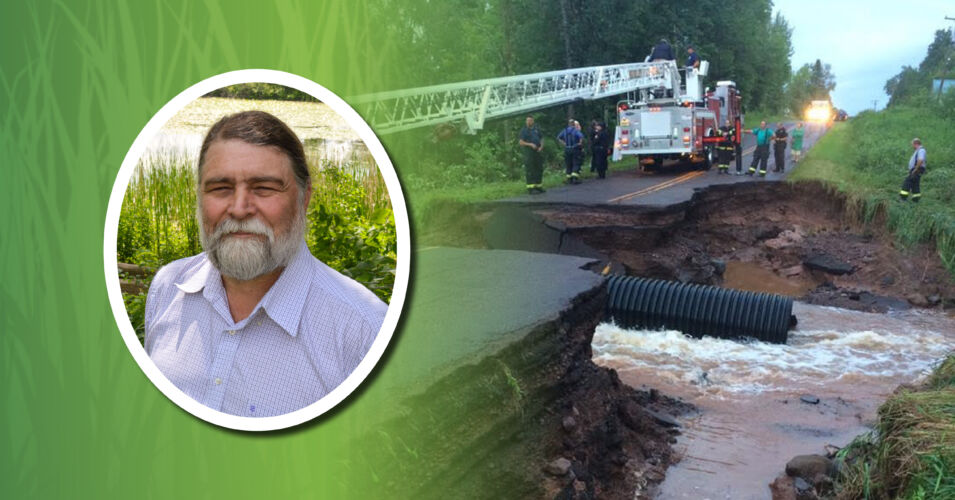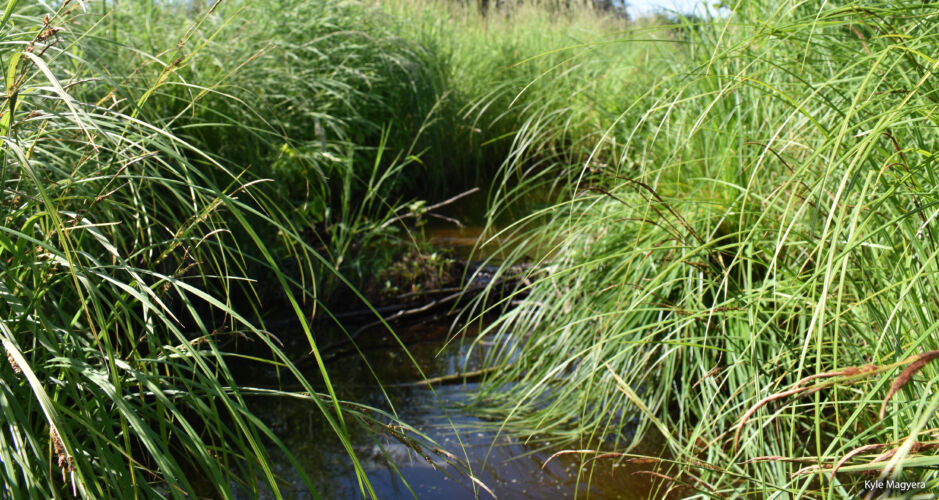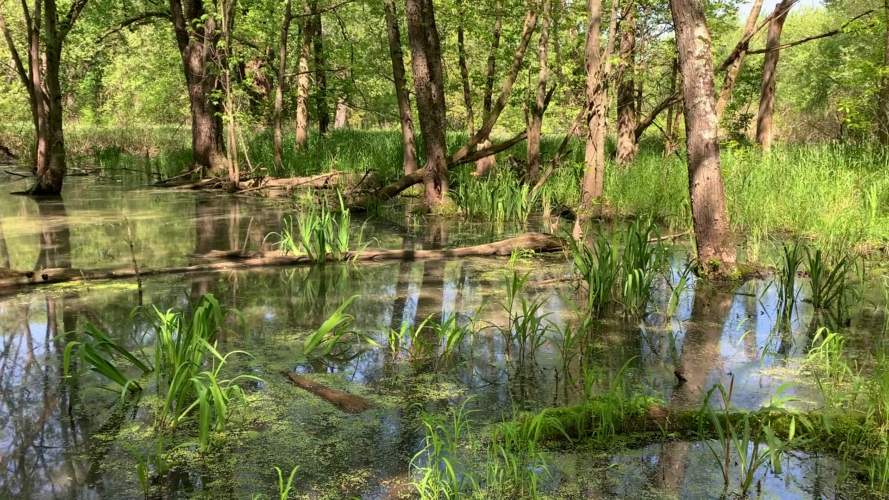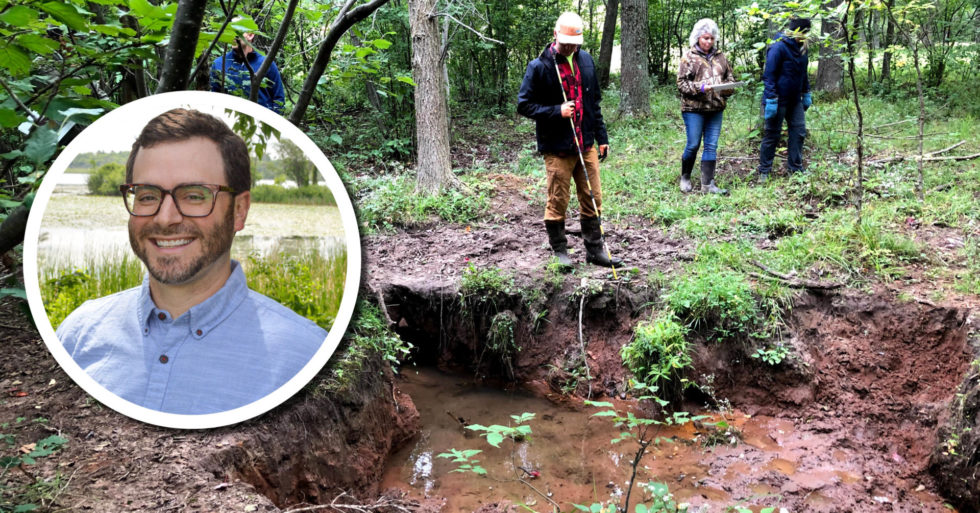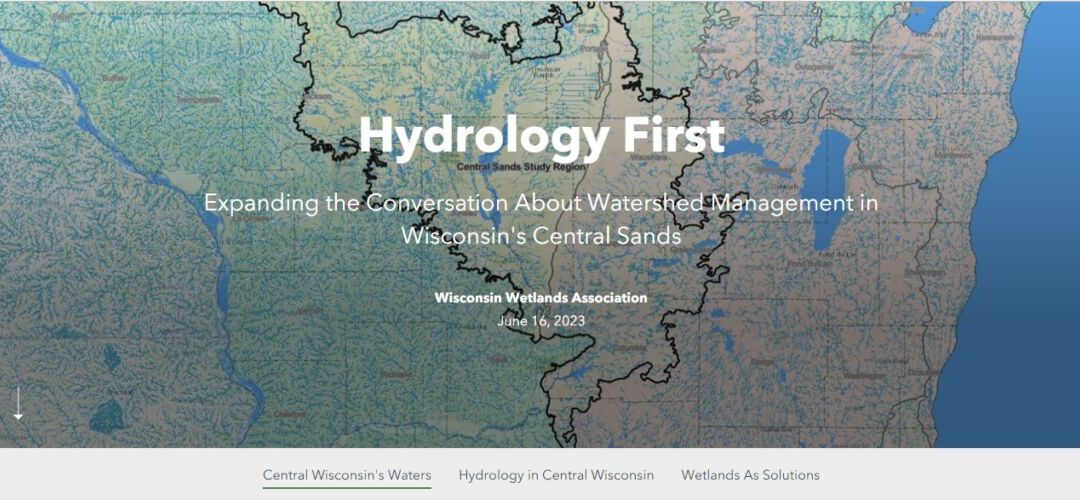Over the past 40 years, I’ve spent much of my professional and personal life interacting with floodplains and floodplain wetlands. You experience a lot of things in 40 years, and (hopefully) you learn from those experiences.
Last year in this column, I addressed the gentle movement of flood flows through healthy floodplains. Now I’d like to recount an experience I had in the early 1990s to illustrate the very un-gentle nature of flood flows in a disconnected floodplain.
First, let’s set the scene. I was a young waterfowl biologist working for the Yakama Nation, helping build what would become a very large floodplain restoration project on the eastern slopes of the Cascade Mountains. In winter, large storms coming off the Pacific Ocean would periodically rain on top of the deep mountain snowpack, sending large flood flows of melted snow down the mountain all at once.
We had recently purchased and reconnected (we thought) a 400-acre property long ago disconnected from its floodplain by 8-foot-tall levees. Restoration involved bringing back the internal wetlands and channels and installing three 48-inch culverts in the levee where natural channels had previously entered the property. To my inexperienced eyes, three large culverts through a large levee appeared to be adequate floodplain reconnection. That inexperience almost cost me my life.
It was a windy day in February when the big flood hit. The levees on this property substantially narrowed the floodplain, causing constricted flood flows to rise. Rising floodwaters overtopped the levees, leading to catastrophic failure at the three culverts plugged with flood debris.
Enter the young biologist assessing flood damage on that cold and windy day. Standing upstream, I observed that, at the levee breaches, the flood’s energy was strong enough to pick up the three 30-foot-long culverts and move them well into the property.
Walking closer through ankle-deep water seemed like a safe activity. With one small step, however, my ankle-deep adventure turned into an over-my-head situation. I was captured by swift-flowing flood waters and was transported helplessly toward the levee breach.
I couldn’t swim my way out of it. I was forced to go with the flow. And as I was carried, I was thankful that the flood flows were strong enough to have moved the culverts out of the breach. Had the culverts remained in place, plugged with debris, there’s no way I could have prevented myself from being swept into a culvert and drowned. Luckily, the flow moved me through the breach, and I was soon able to stand up as the flows spread out in the restored floodplain habitats within the property. Needless to say, I was soaked to the bone and the silt-laden flood waters destroyed a brand new leather jacket that my parents had given me for Christmas that year.
From this experience, I learned how very un-gentle flood flows can be in a disconnected floodplain and how gentle they can be in a well-connected floodplain. I learned that flood flows wash out culverts, and that if you can’t afford to remove levees, you should install generous, frequent spillways. And most importantly, I learned not to wear a nice leather jacket when you’re out messing around in floodplains.
Related content
What are floodplains? Managing misconceptions about healthy flooding
From the Director: The gentle nature of floodplains
Wetland Coffee Break: Piloting natural flood management in the Lake Superior basin
Illustrating hydrology and water management in a new StoryMap

